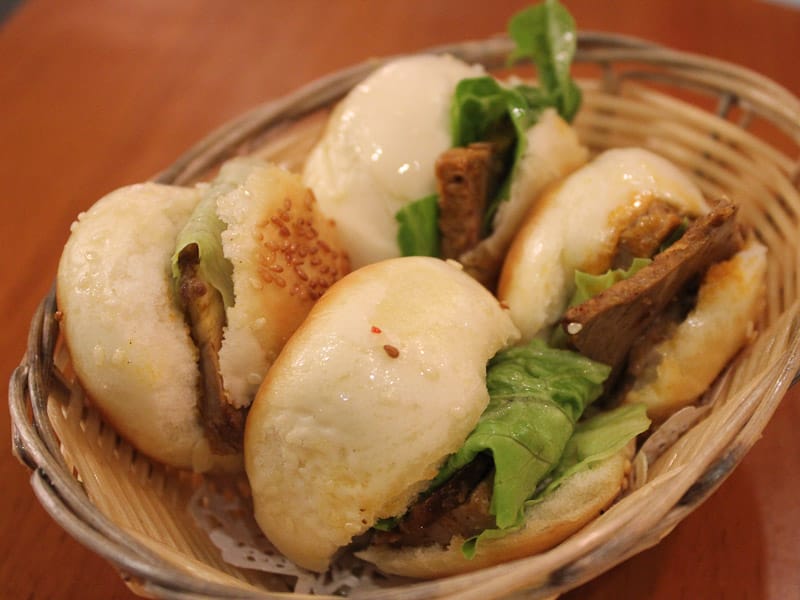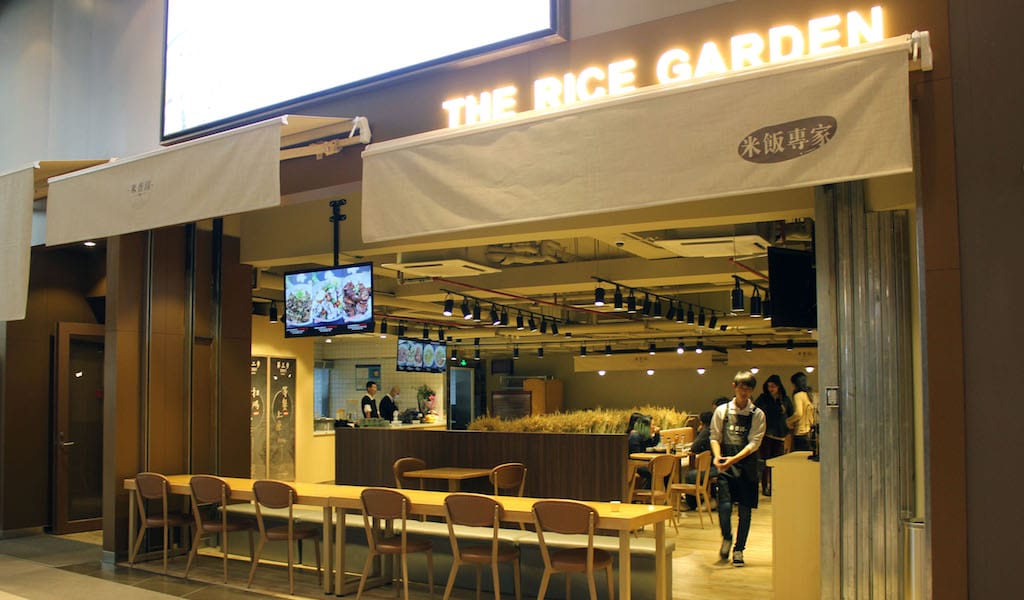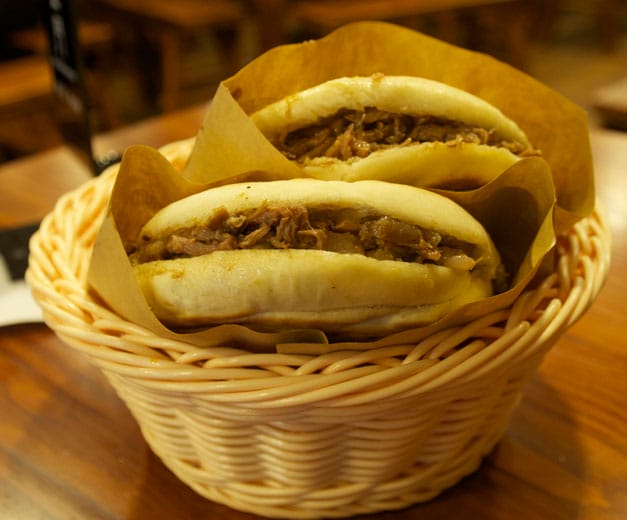At the dusty eastern edge of the Taklamakan Desert, the ancient city of Dunhuang marked the intersection of the northern and southern parts of the Silk Road. Meaning “Bright Beacon,” Dunhuang was a historical refuge for weary travelers peddling their wares along the trade route, and this confluence of cultures influenced the ancient city’s cuisine. Merchants brought spices and cooking techniques from the West that combined with Chinese imperial culinary traditions and local ingredients.
Dunhuang Xiaoting, which translates loosely as “Dunhuang Rest Stop,” offers Shanghai diners a break from the southern staples of rice and pork. Despite its national reputation for delicious dishes, the northwestern cuisine (西北菜, xīběi cài) served at the restaurant has a meager presence in Shanghai. In contrast with the sweet foods of the coastal cities, Xibei food is made up of mostly wheat bread, bean noodles and mutton, with hearty vegetables that took root in the rugged terrain after falling off caravans.
You’ll find all of the above in the lamb soup (羊肉泡馍, yángròu pào mó). Thinly sliced tender lamb and glass noodles made from mung beans float in a broth laced with cilantro and green onion, but it’s the bread that bulks up the soup and distinguishes it from the Lanzhou lamian dish so popular in the provincial capital. Two kiln-roasted pitas are serve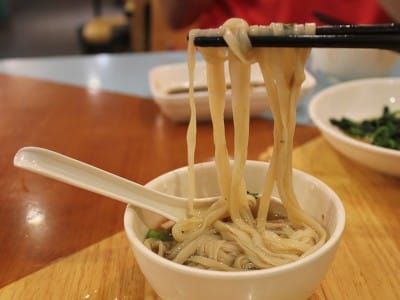 d on the side, and diners tear them up into bite-sized pieces before dropping them into the soup to soak up all the gamey broth.
d on the side, and diners tear them up into bite-sized pieces before dropping them into the soup to soak up all the gamey broth.
Split in half, these same pitas also make excellent sandwich bread, as in the traditional Xi’an snack of ròujiāmō (肉夹摸), shredded pork stewed with chunks of fat. The bread is also stuffed with lamb wok-fried with cumin and green peppers (孜然羊肉摸, zī rán yángròu mō), both ingredients that some culinary historians speculate arrived in China via the Silk Road. The beef buns (牛肉菜摸, niúròu cài mō) replace the flat pitas with four fluffy bite-sized buns. A slice of tender beef is wrapped in lettuce leaves, then tucked into the sweet sliced pockets.
Yángròu chaomiàn piàn (羊肉炒面片), a roadside staple throughout much of northwestern China, is raised to new heights at Dunhuang Xiaoting. The chewy chopped wheat noodles are stir-fried with lamb in a saucy mix of seasonal vegetables, usually carrots and red peppers with calabash. Fern root noodles are another one of the most popular dishes here. Reminiscent of the “ants climbing on a tree” noodle dish popular in Sichuan cuisine, these deep purple strands, made from bracken fern starch and as chewy as Korean sweet potato noodles, are served suān là (酸辣, spicy and sour) with vinegar and chilis. The raw cucumber julienne on top balances those strong flavors.
 It’s not just the food that transports you to the western reaches of China; the vibrant décor is punctuated with vivid pictures of Crescent Moon Lake, Mogao Caves and Huyang Forest, Dunhuang’s stunning natural landscapes. Their popularity amongst Chinese tourists seems to be the only buffer between the city streets of Dunhuang and the ever-encroaching Taklamakan. The blowing sands have already buried most Silk Road outposts, but these ancient attractions have made the city of Dunhuang a destination in itself, and the sweet-and-sour cooking at Dunhuang Xiaoting can transport diners there.
It’s not just the food that transports you to the western reaches of China; the vibrant décor is punctuated with vivid pictures of Crescent Moon Lake, Mogao Caves and Huyang Forest, Dunhuang’s stunning natural landscapes. Their popularity amongst Chinese tourists seems to be the only buffer between the city streets of Dunhuang and the ever-encroaching Taklamakan. The blowing sands have already buried most Silk Road outposts, but these ancient attractions have made the city of Dunhuang a destination in itself, and the sweet-and-sour cooking at Dunhuang Xiaoting can transport diners there.
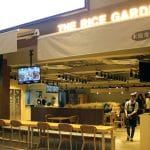 January 2, 2018 Mi Xiang Yuan 2.0
January 2, 2018 Mi Xiang Yuan 2.0
When Chef Anthony Zhao was planning the relaunch of Mi Xiang Yuan, a home-style lunch […] Posted in Shanghai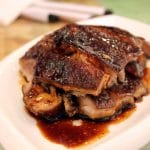 February 19, 2015 Guang Ming Cun
February 19, 2015 Guang Ming Cun
On one of Shanghai’s busiest shopping streets, amidst the glittering Tiffany & Co, […] Posted in Shanghai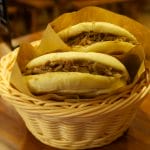 May 12, 2014 Zhu Que Men
May 12, 2014 Zhu Que Men
Unwieldy English restaurant names often lose a lot in translation. Take Zhu Que Men, or […] Posted in Shanghai
Published on September 23, 2013
Related stories
January 2, 2018
ShanghaiWhen Chef Anthony Zhao was planning the relaunch of Mi Xiang Yuan, a home-style lunch spot popular with local office workers looking for a healthy set meal, he knew he had to get one thing right: the rice. At the first alleyway restaurant just north of Xintiandi, Zhao sourced many of his ingredients for his…
February 19, 2015
ShanghaiOn one of Shanghai’s busiest shopping streets, amidst the glittering Tiffany & Co, Piaget and Apple stores, Guang Ming Cun is housed in a nondescript four-story building. Glass displays in front offer a glimpse of the braised and dried meats for sale, and around the side you can peek in to watch flaky meat pastries…
May 12, 2014
ShanghaiUnwieldy English restaurant names often lose a lot in translation. Take Zhu Que Men, or “The Gate of the Vermillion Bird.” The name, which draws on Chinese astrology and Taoism, might seem a little highfalutin’ for a home-style noodle joint, but the subtext speaks volumes. Ancient Chinese scientists paired an animal with each directional point…







































